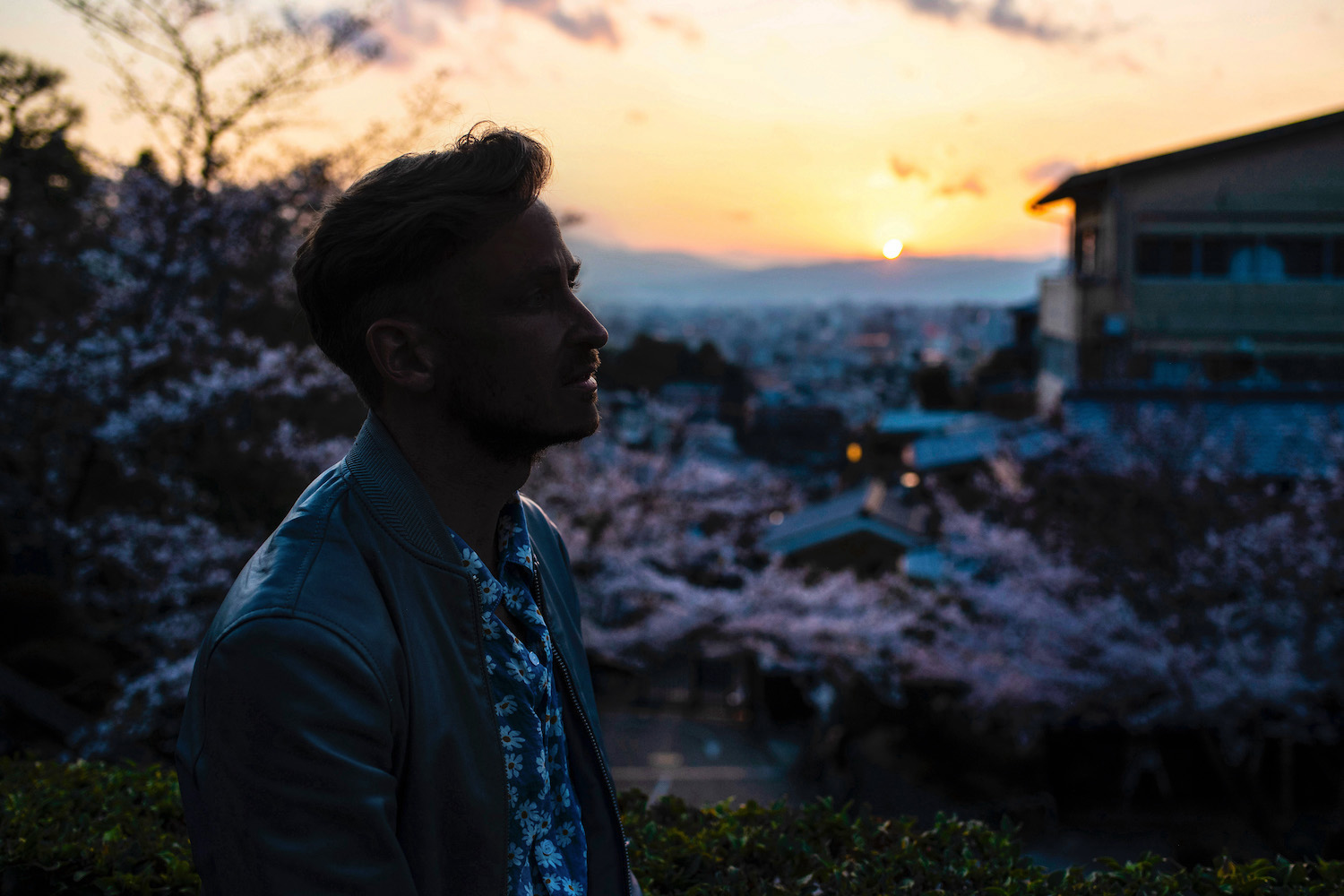I lived in Kyoto for the first six months of this year. But looking back, it feels like I was there for only weeks, maybe days.
In one way this is unsurprisingly. During my first trip to Kyoto, seven years earlier, I’d immediately felt a deep connection to the city.
The night I arrived, I walked across the street from my guest house on Gojo-dori to Otani Honbyo, a temple I would later learn that most ignore because of its proximity to famous Kiyomizu-dera. I became fixated on a few cherry blossoms that had fallen into its tsukubai, where visitors—faithful ones—wash their hands and rinse their mouths before attending to their worship.
It wasn’t my first time seeing sakura—that had been in Tokyo, days earlier—but something about the serenity of the grounds, and the contrast of cherry blossoms at full bloom with the profound chill in the air, haunted me to my core.
Walking up into the Geisha district I now know as Gion while the sun was setting, wandering without the aid of GPS as night fell and darkened, I could feel in my bones that Kyoto was going to play an outsized role in my future.
Which doesn’t explain, of course, why the time that’s passed since I left—just short of five months—feels like five years, or maybe five decades. But more on that in a second.
I returned to Kyoto four more time as a tourist. The first was in January 2015, a haphazard jaunt I’d made mostly because an award flight ticket gone awry had seen me routed through nearby Kansai Airport and needing to stay in the area for three nights. After 24 hours in Osaka (which impressed me, but didn’t move me like Kyoto), I returned to Kyoto largely because I had neither the appetite nor the time to explore more extraneously.
It was a wholly unintentional trip. But at some point, I think during a late afternoon circuit around the grounds of the Kinkaku-ji Golden Pavilion, I realized that even though my decision to visit Kyoto had been perfunctory, the city was precisely where I needed to be. I left with a soul surplus, having arrived deeply indebted to my source.
The same was true just over two years later, in April 2017. Having literally moved from the US to Thailand days earlier, I’d flown north to Kyushu to attempt to see the cherry blossoms there. I failed—2017’s bloom was nearly two weeks late in southern and western Japan—and, once again, stopped in Kyoto mostly because I had a day to kill.
I happened upon some early-blooming shidarezakura, which just so happened to sit across the river from the first Machiya house in Kyoto I’d call home in early 2021. Not that I realized this at the time.
If I’m honest, my November 2018 sojourn to Kyoto was my only purposeful one, at least before I finally moved there. Indeed, I stayed a full week in the city at the peak of autumn not only to enjoy koyo viewing, but to…well, live in Kyoto for a week. I stayed in the same ryokan that had charmed me during my 2015 trip; I made a point of establishing as many routines, and as great a sense of normalcy as I could.
When I returned the following spring to see just how charming my third try at Kyoto cherry blossoms would be—not very—I departed with a strange feeling deep in my gut. Firstly, that a long time would pass before I returned. And secondly, that when I did, I would stay much longer and use my time much more deliberately.
I had no idea when my Shinkansen sped toward Tokyo (from which I’d hop, skip and jump off to Korea) that the coronavirus pandemic—and the indefinite closure of Japan’s border—was less than a year away.
Needless to say, when I had the opportunity to enter in December 2020 in order to study Japanese in Kyoto (where else to learn Nihongo than Japan’s ancient capital?), I jumped in, literally days before the country’s brief reopening experiment ended.
Living in Kyoto allowed me to experience every sensation I ever dreamed of feeling in the city, and not because I left finally able to communicate in Japan. I experienced Kyoto with almost no tourists, and got to see the entire progression of spring in the city, from the first plum blossoms at Kitano Tenmangu shrine in the final days of February, to the final petals of the late-blooming yaezakura crunching under my feet in early May.
I drank canned highballs along the Kamo River with friends I know I’ll keep close for years; I became so familiar with spots that had previously seemed magical and otherworldly that it all came full circle: The familiarity of Kyoto, as if I’d been born and raised here, became its own sort of novelty.
Which gets us back to why it feels like I left Kyoto in April 2014 instead of July 2021, in spite of 2022 being six weeks away, still, as I write this. Perhaps it’s because I don’t know when I’ll get back to Japan. (If you don’t have a Japanese passport or zairyu card, and it’s not at least the middle of 2022 when you’re reading this, you probably don’t know either.)
I hope you’re intercepting this meesage from the distant future, and that Covid-19 as a memory as distant to the world as my first steps into Otani Honbyo are for me right now. Maybe we’ll be walking through Kyoto on the same afternoon, as the sun is setting over the sakura at full bloom, and our paths will cross. Or maybe they won’t.
May you end up loving Kyoto as much as I do, and writing your own story so that you might inspire others as I hope that I’ve inspired you.

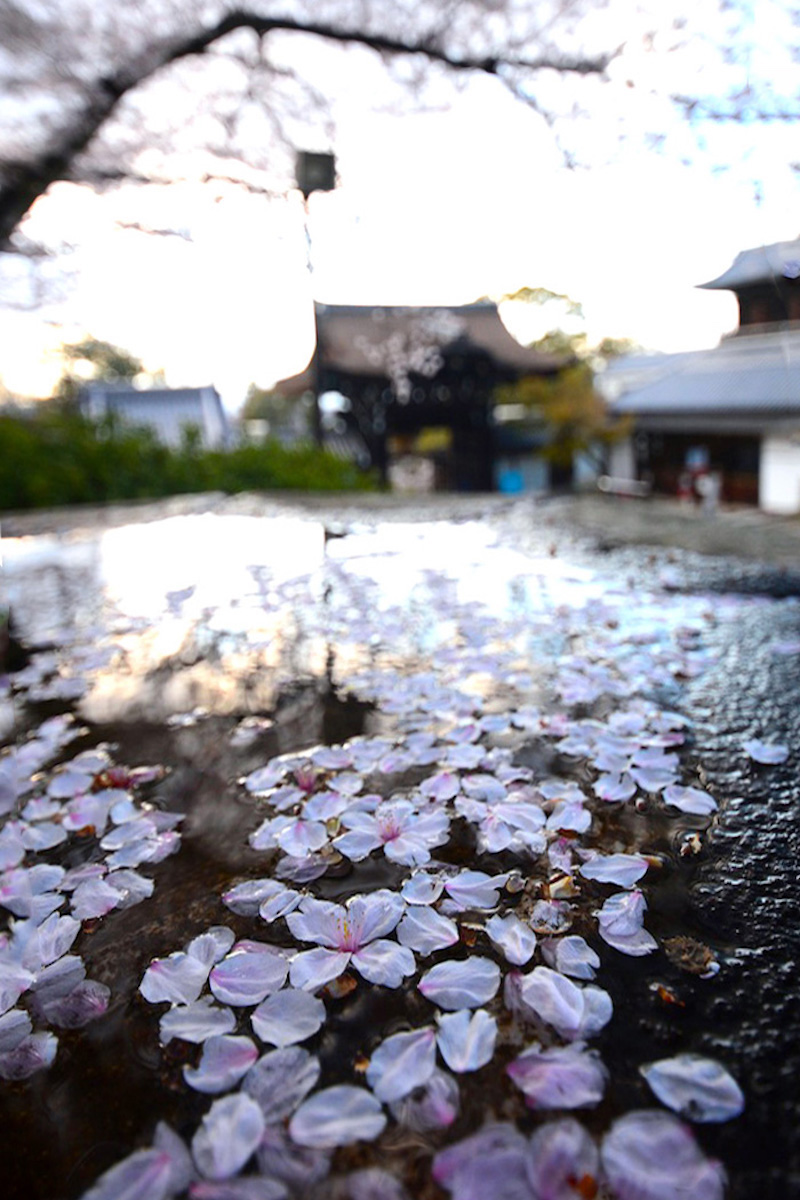

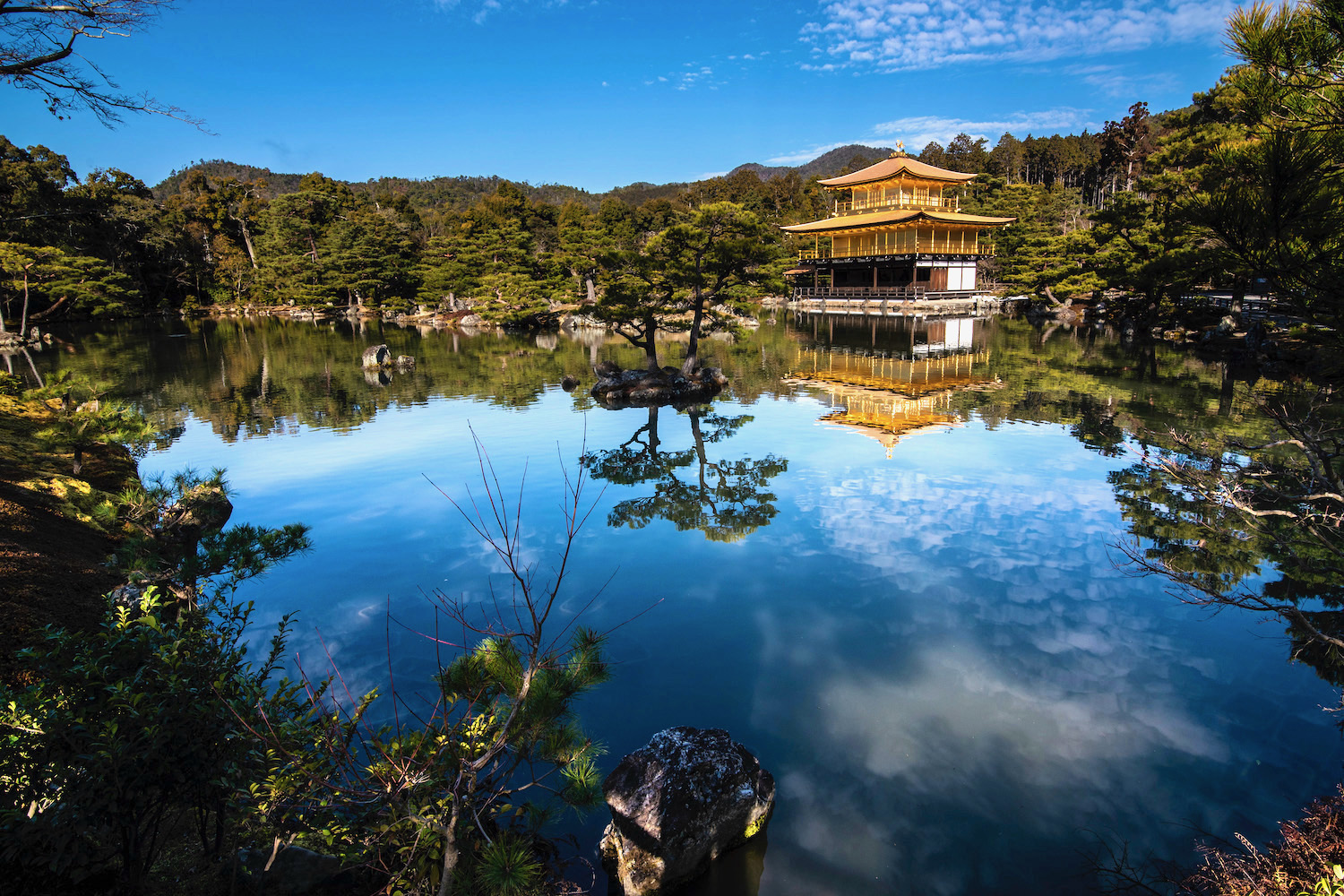
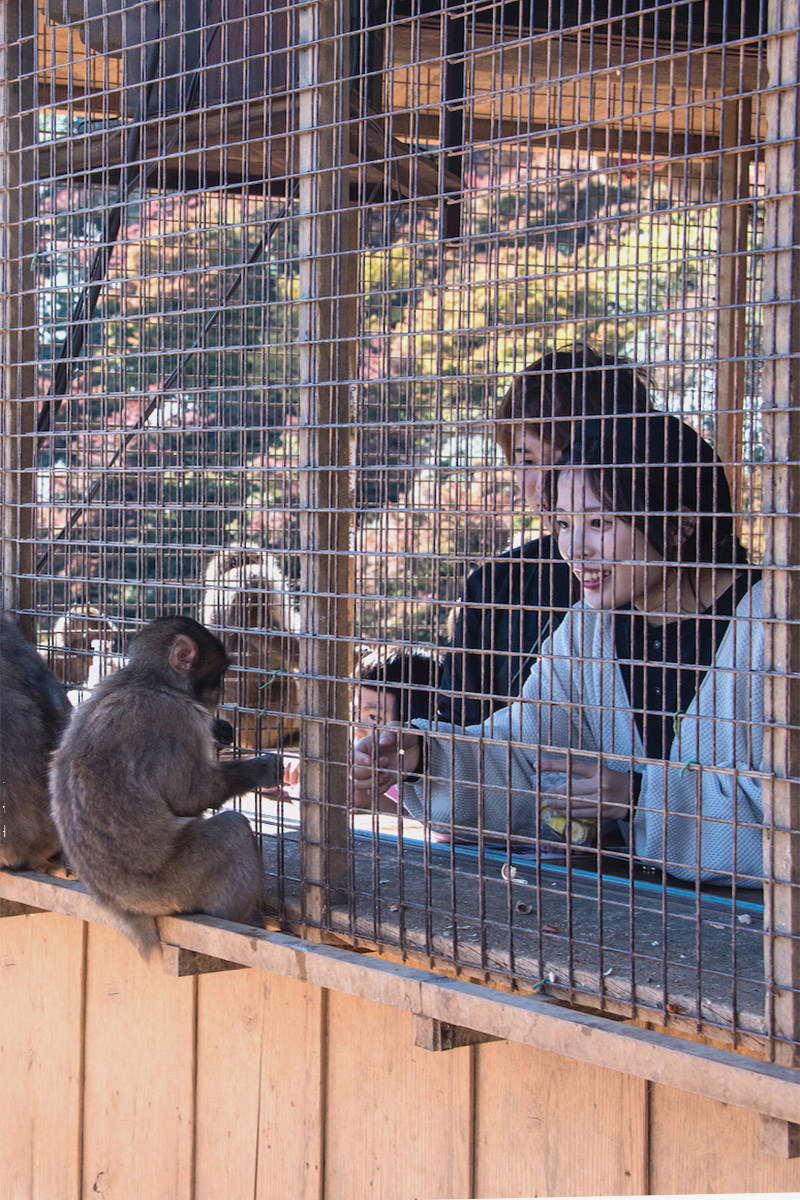
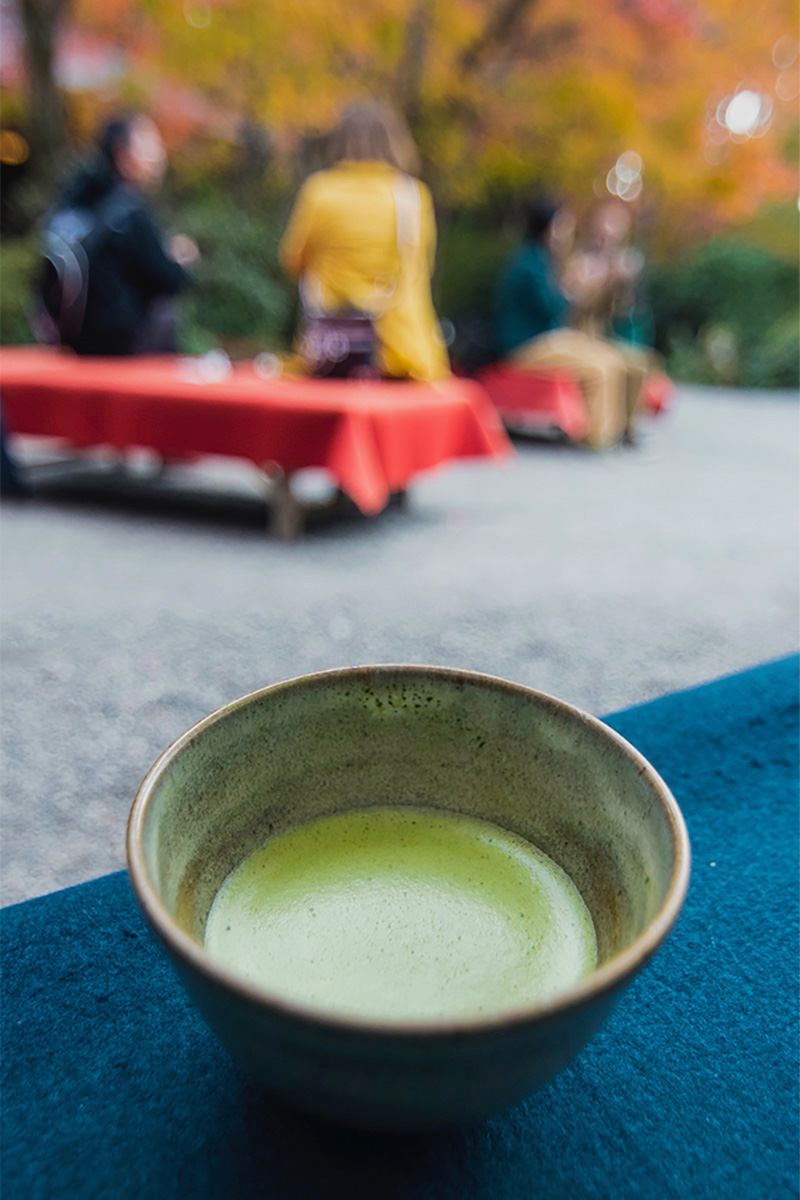
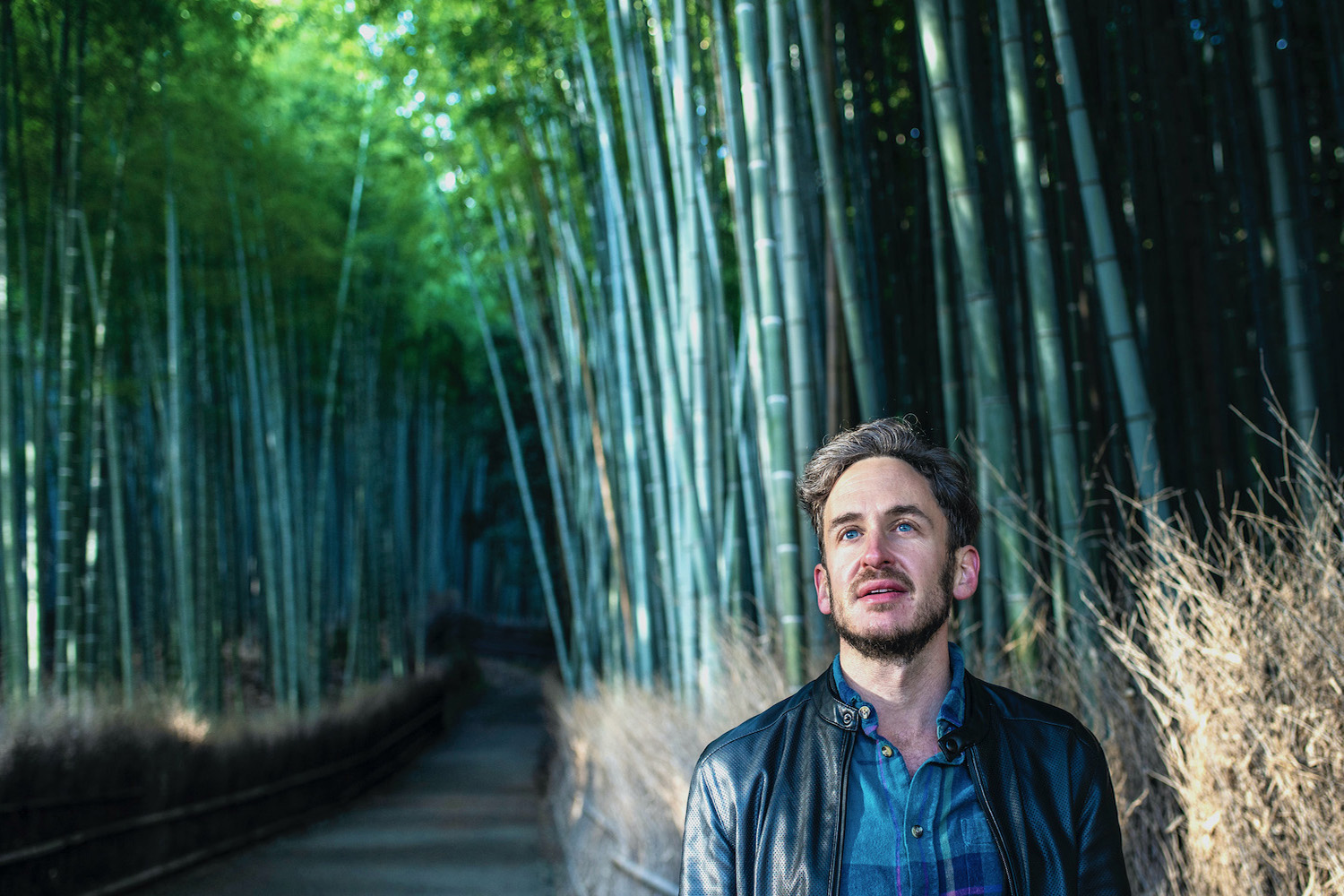
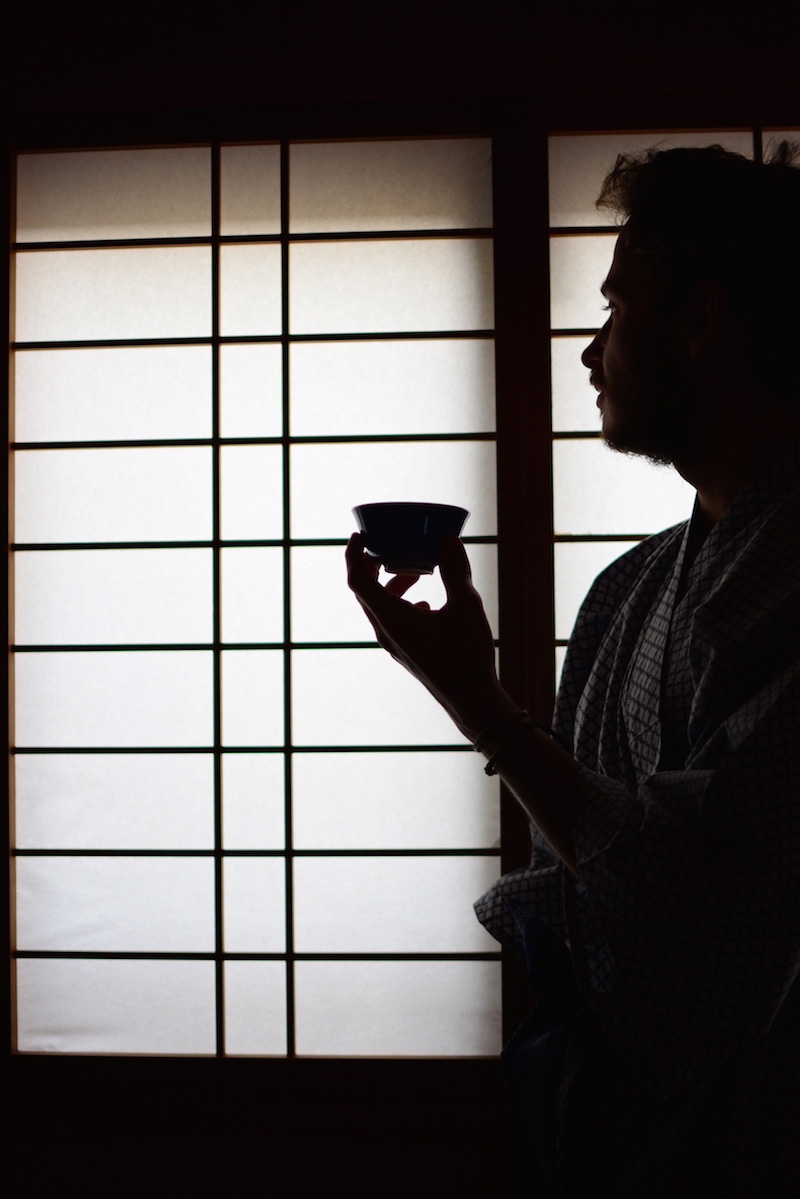
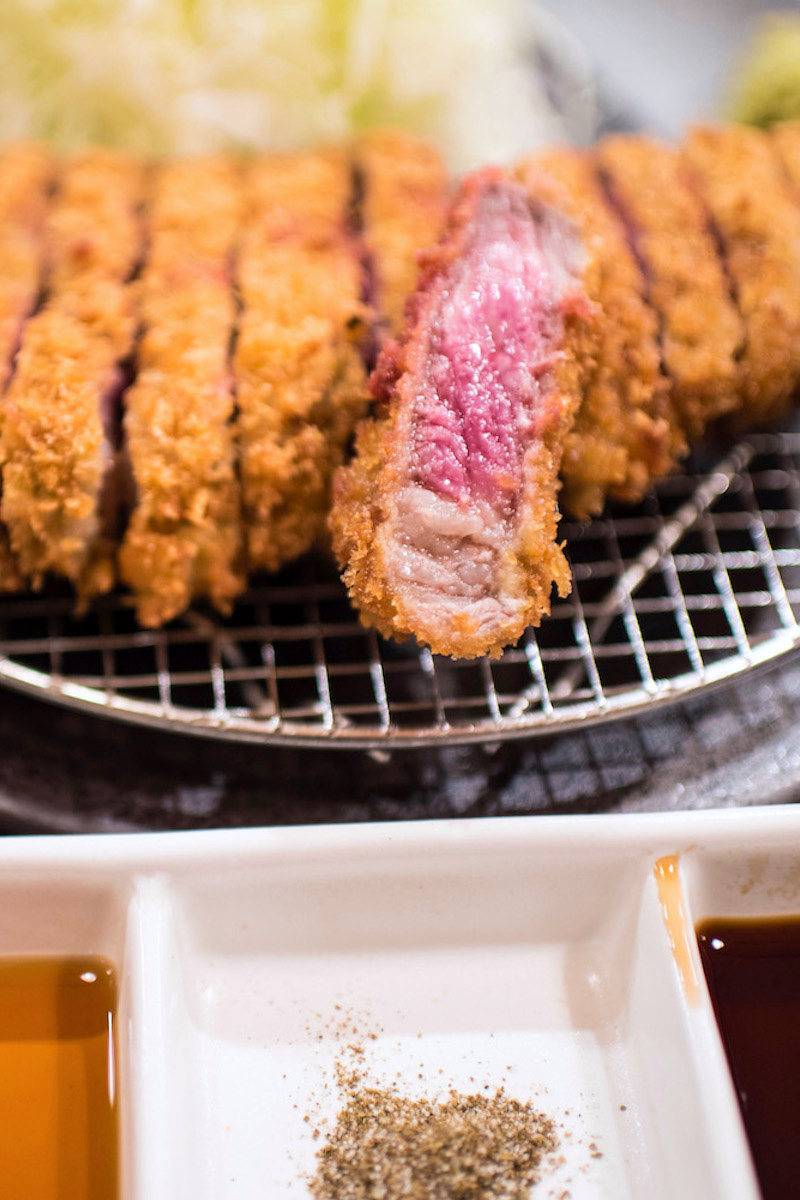
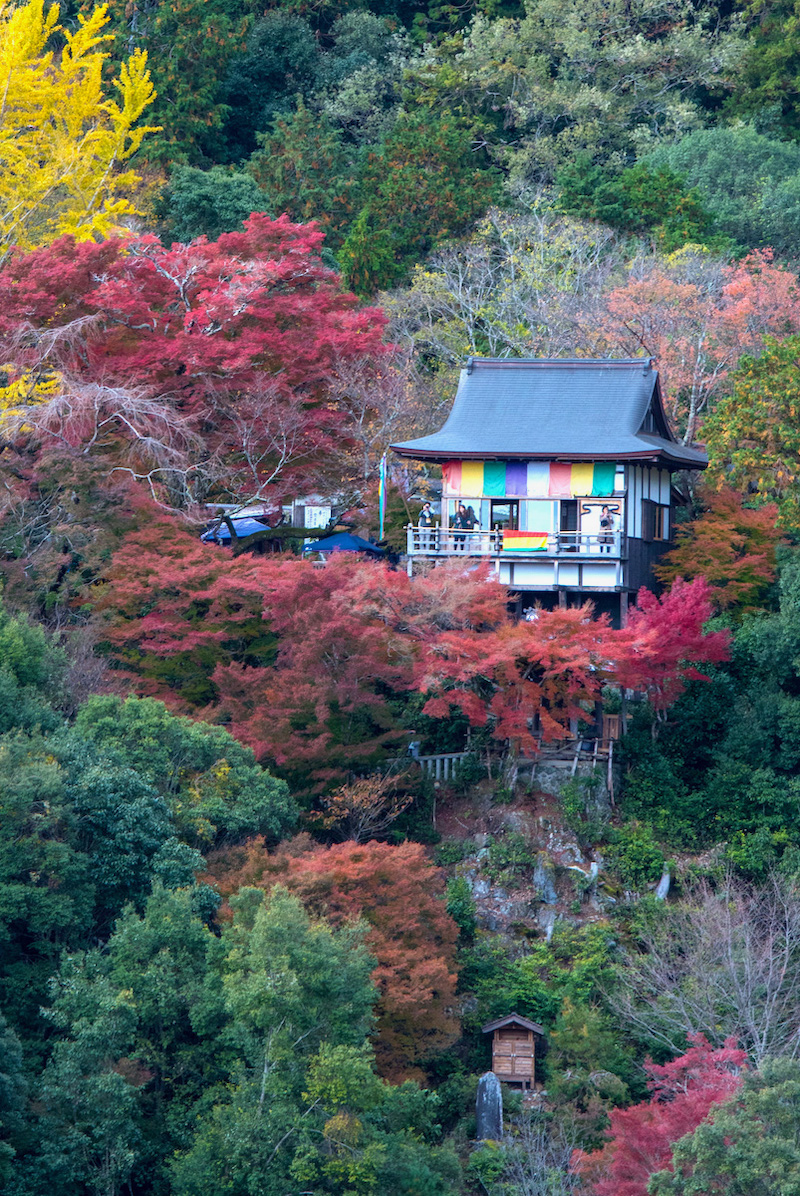


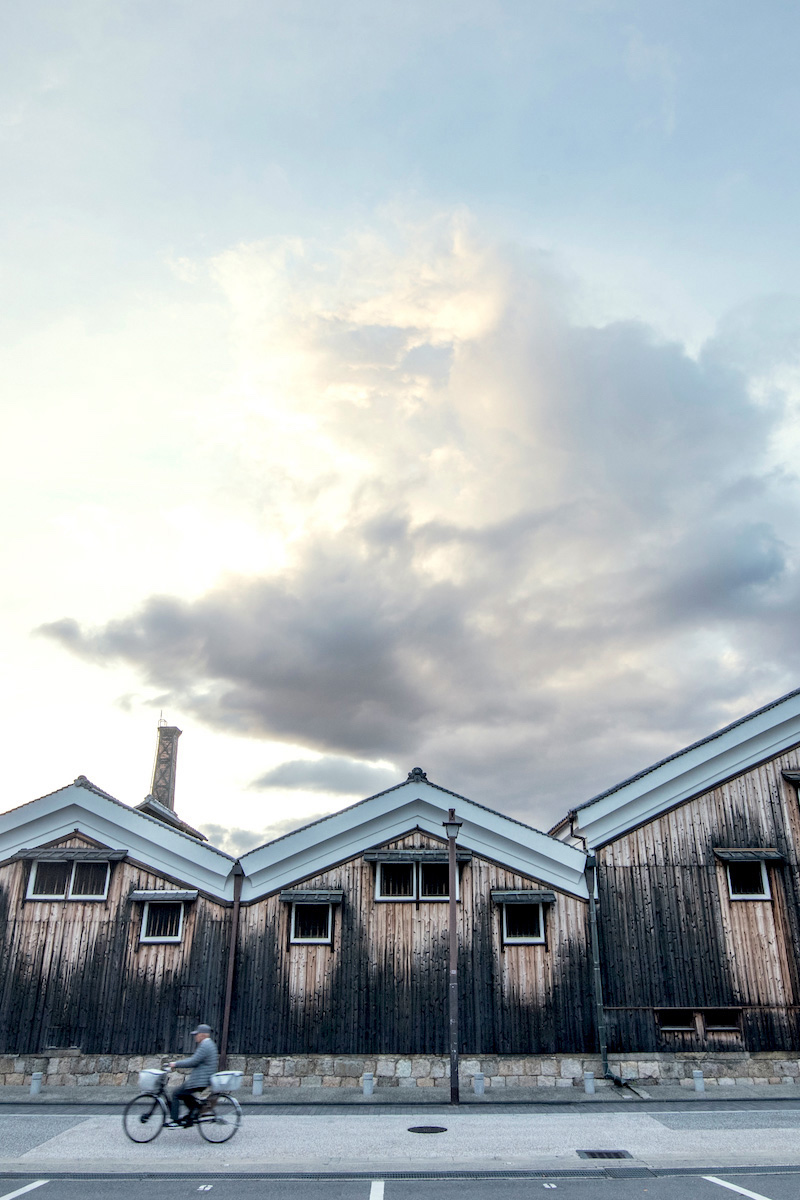
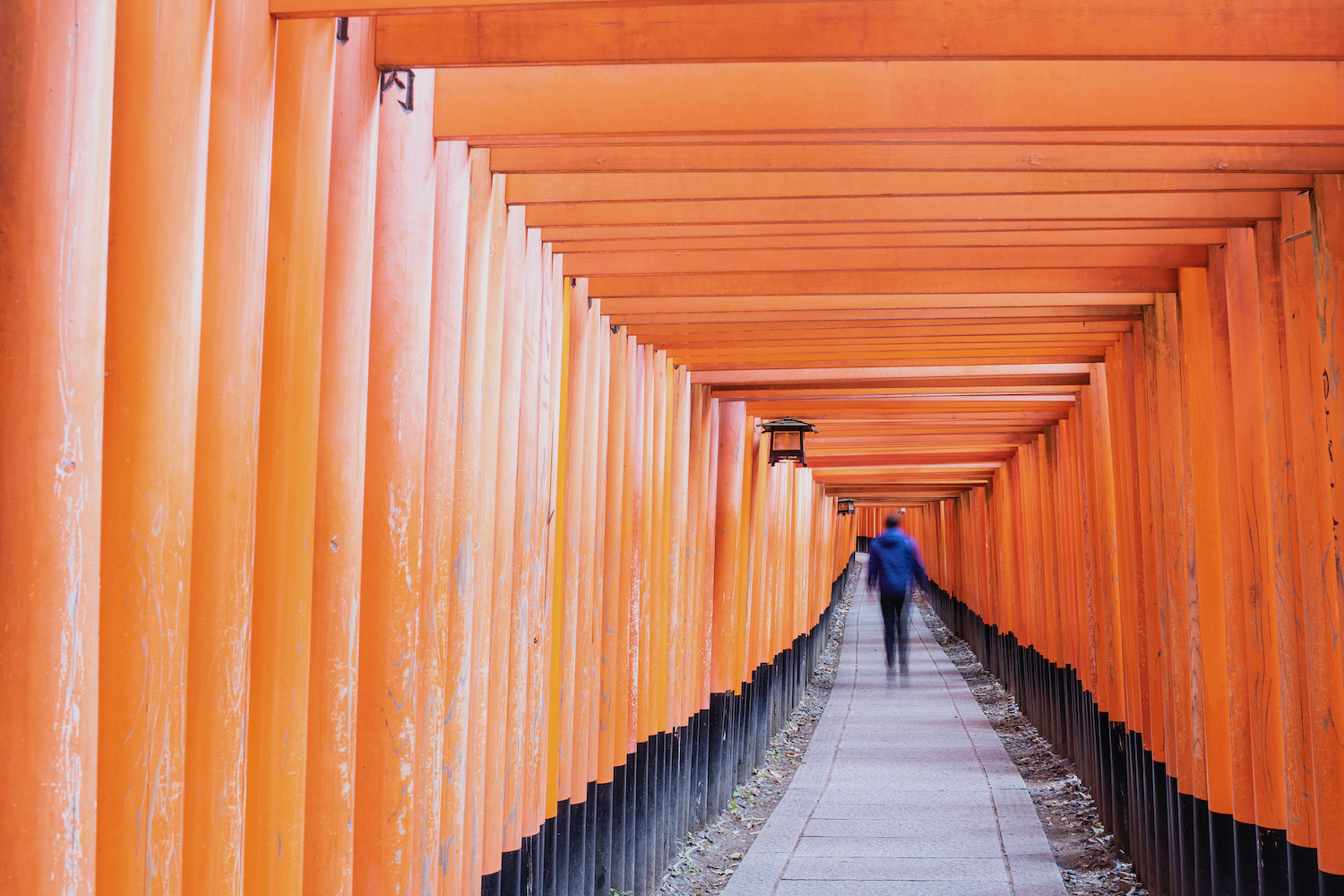
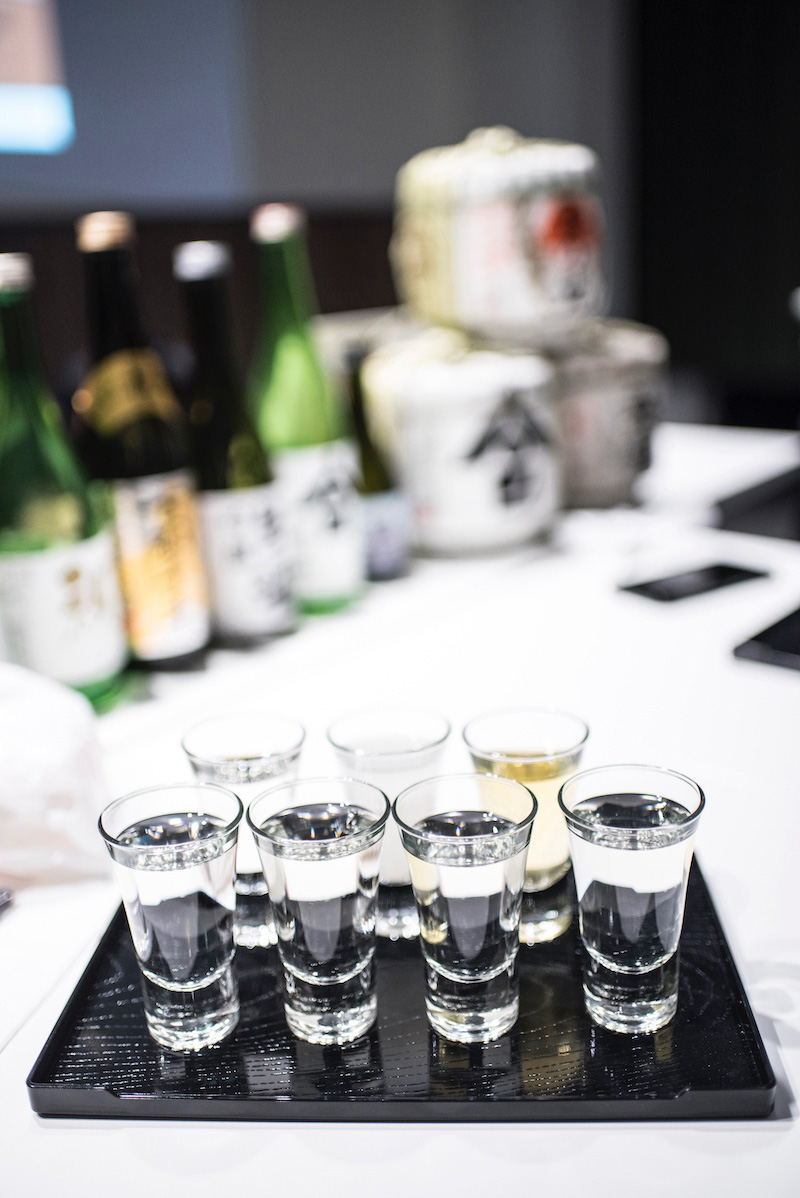
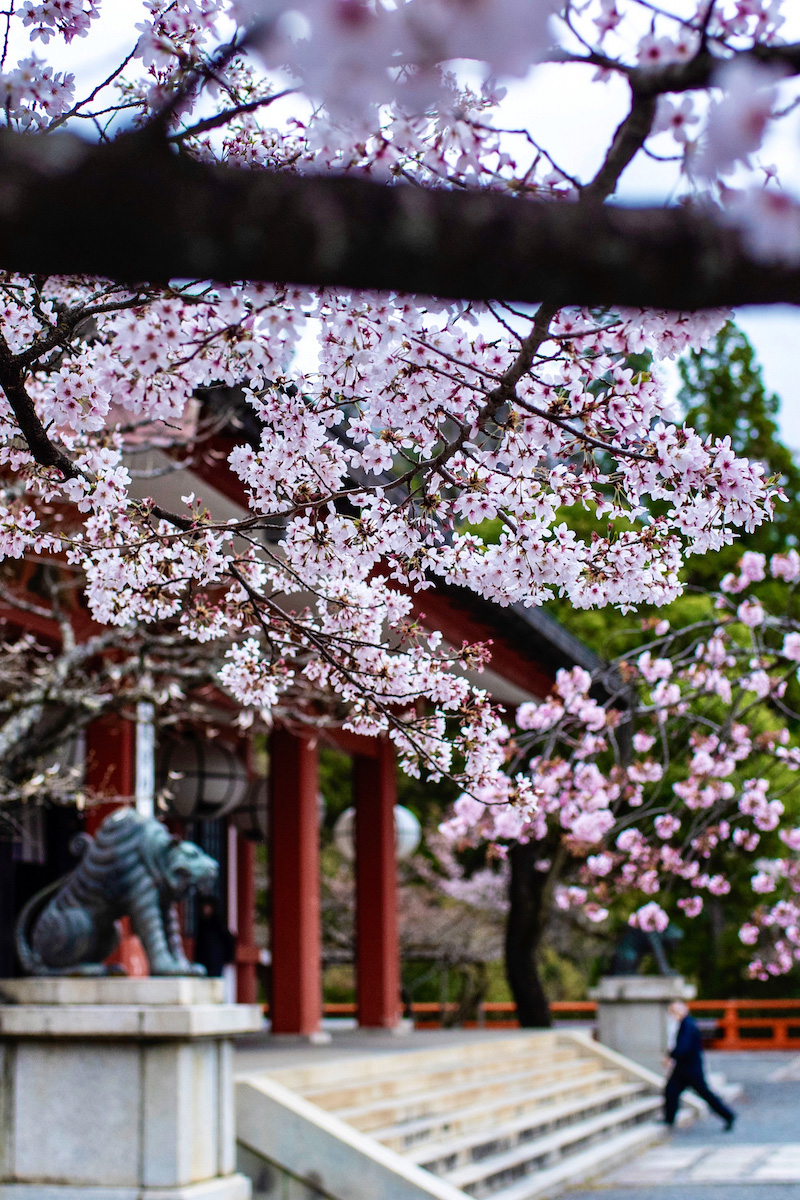
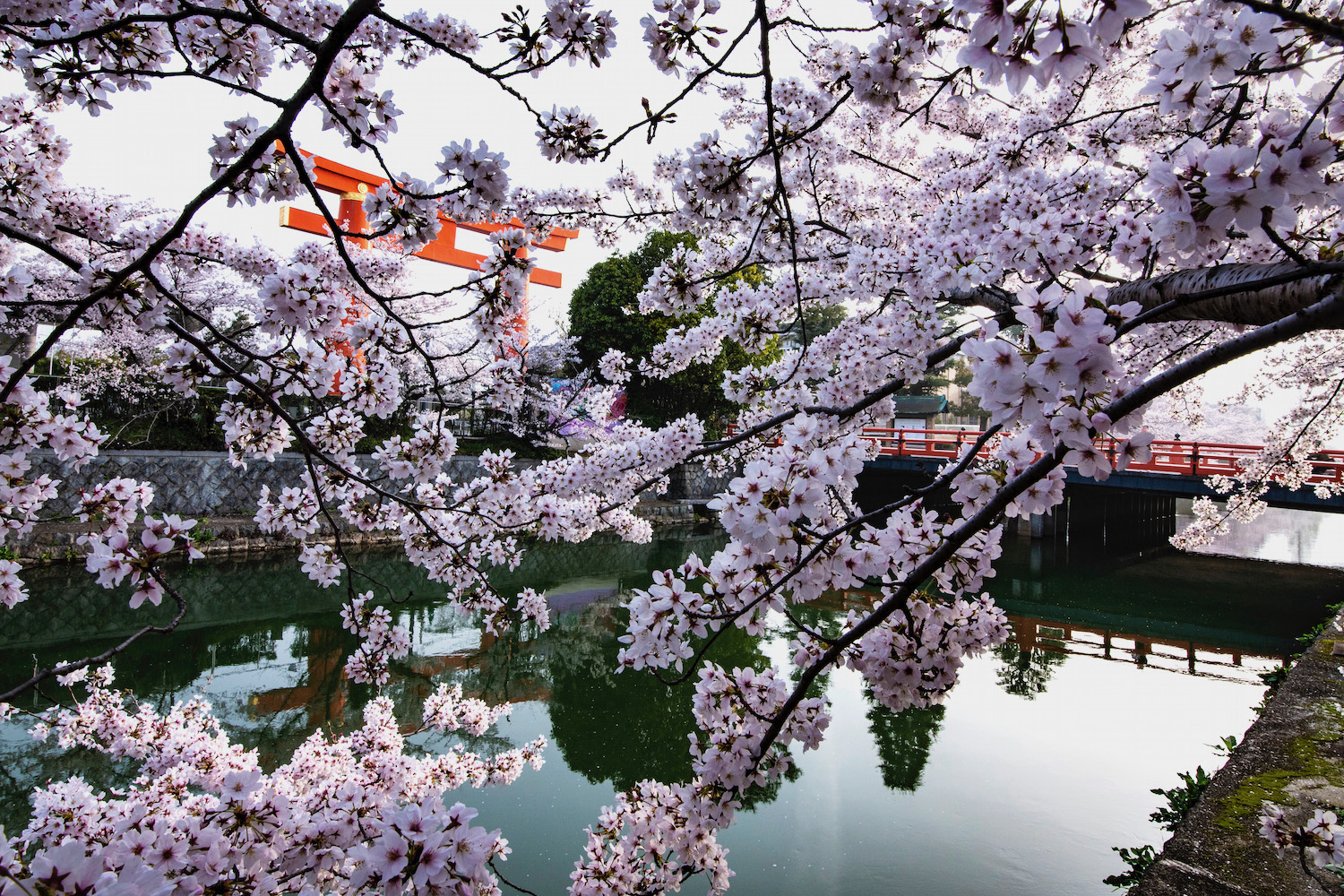
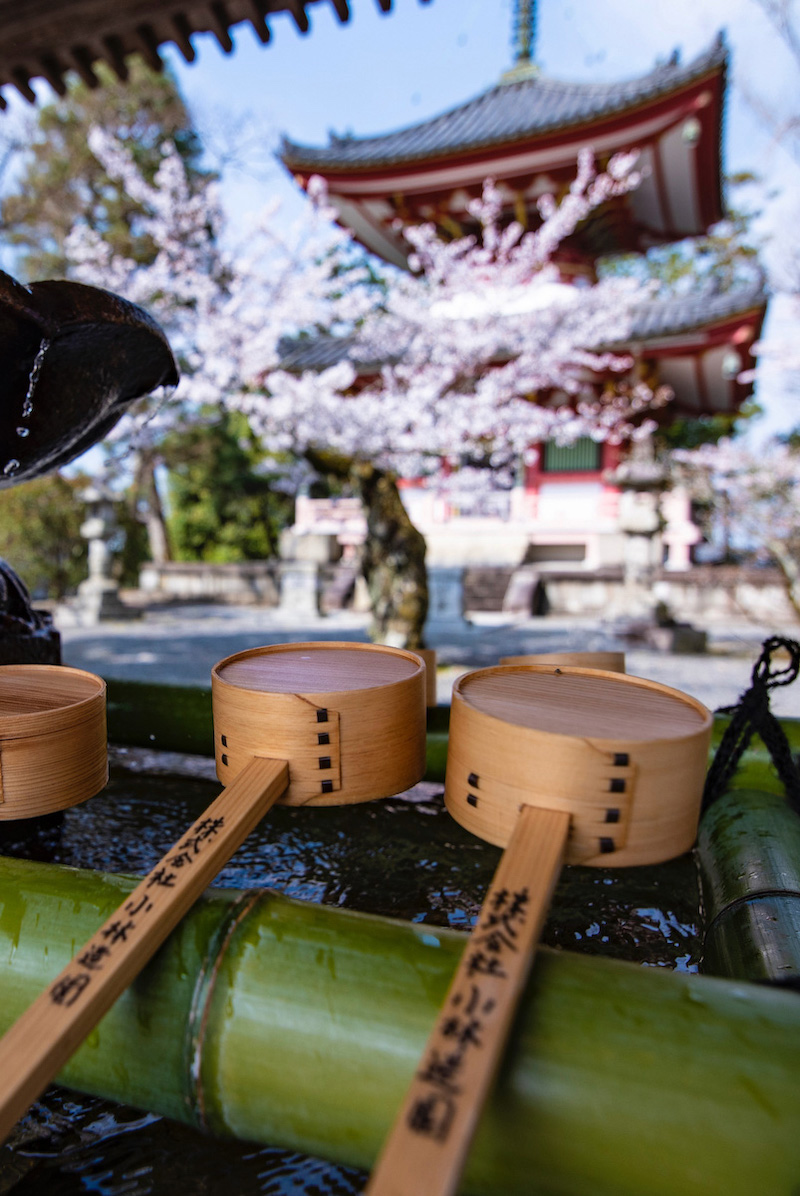
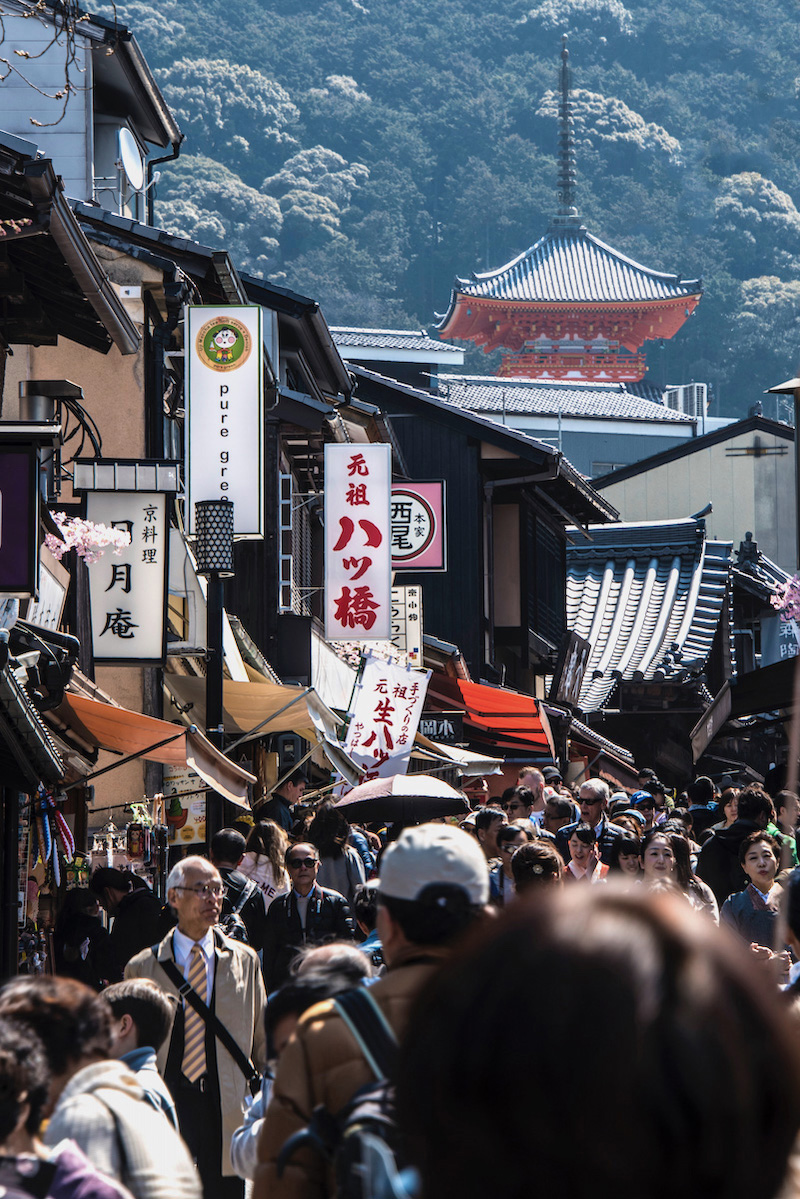
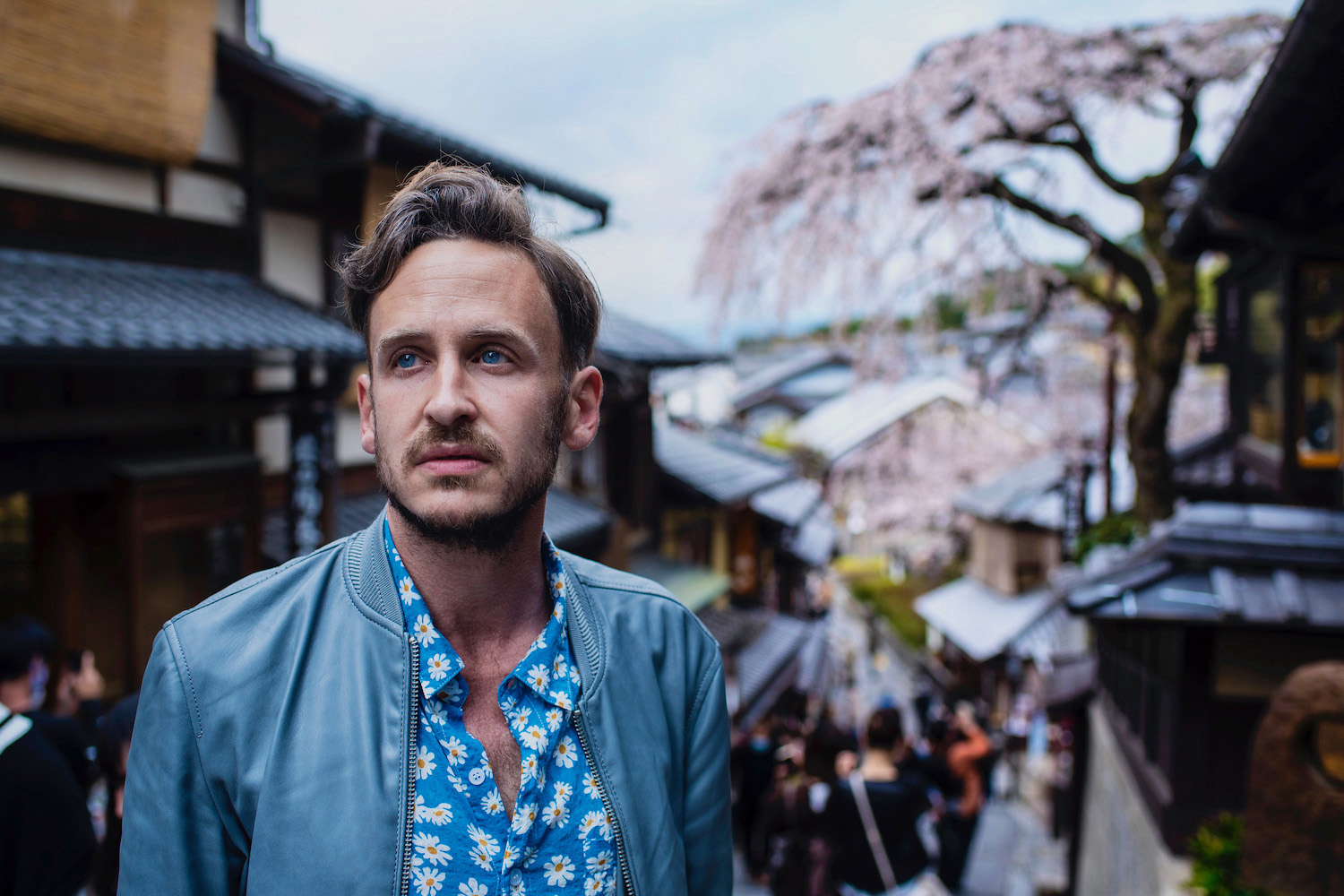
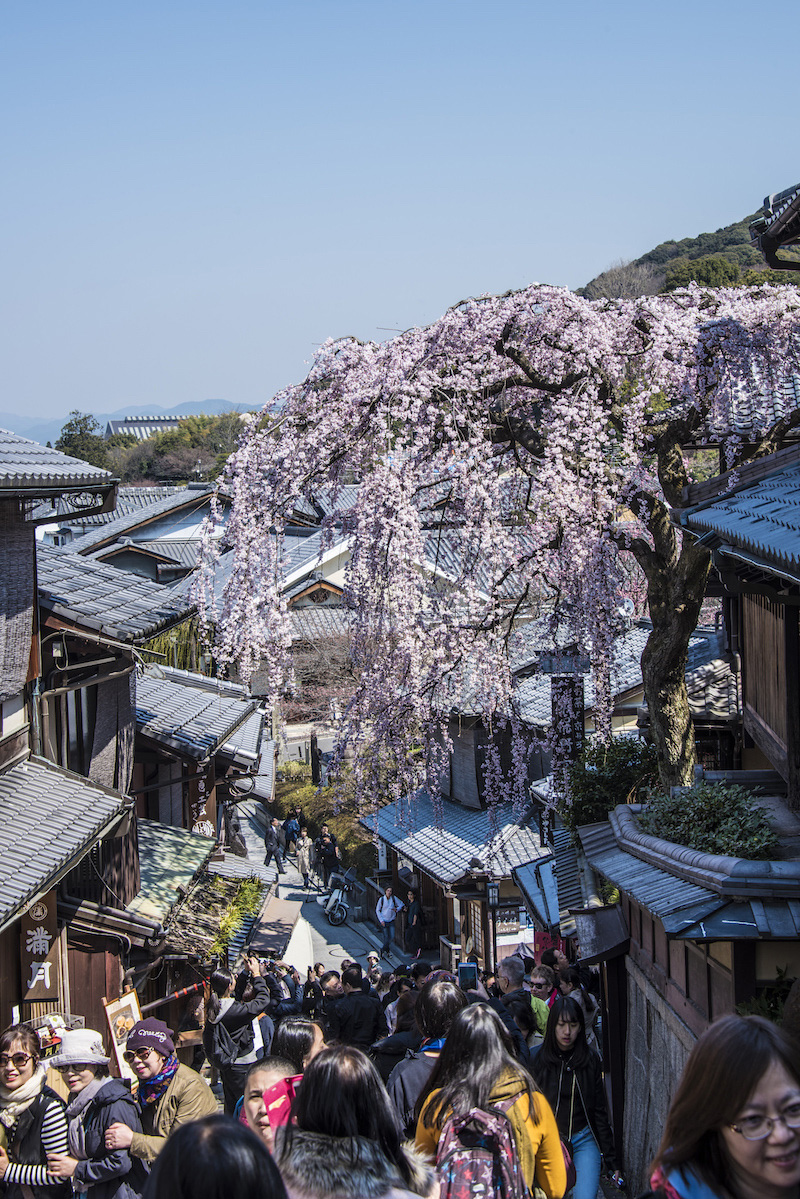
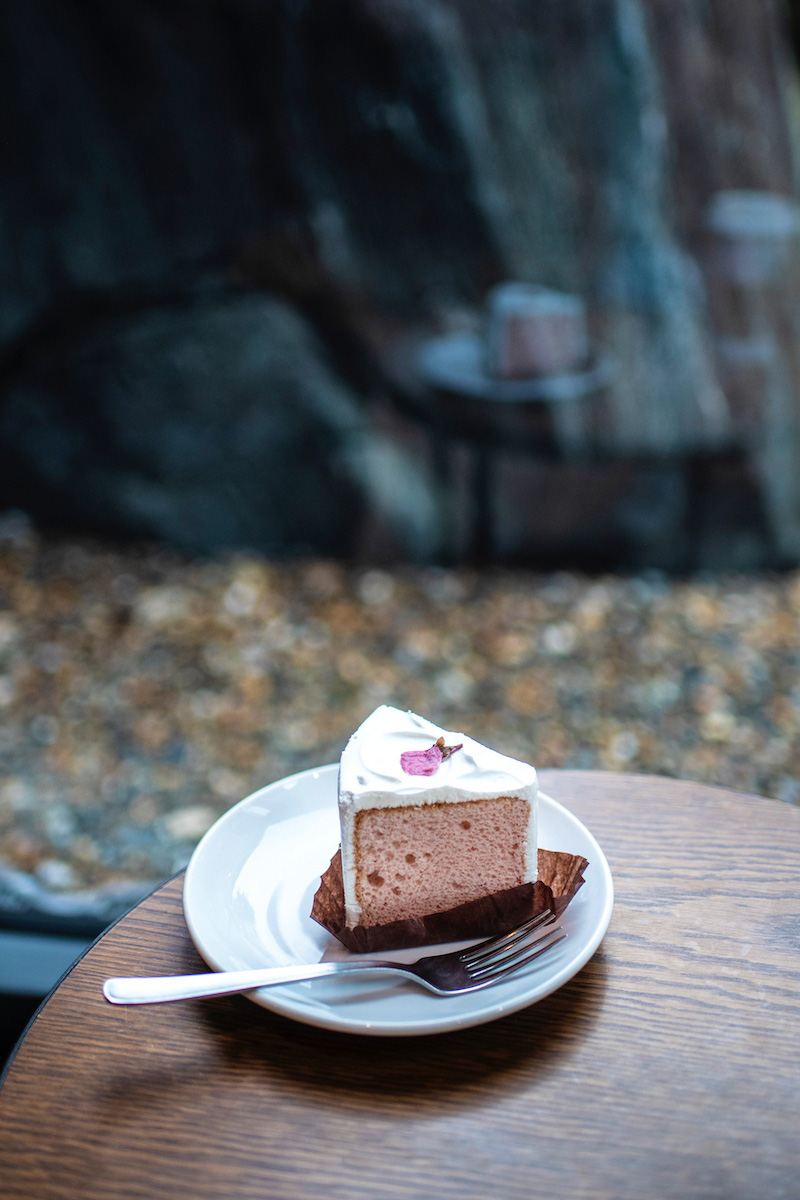


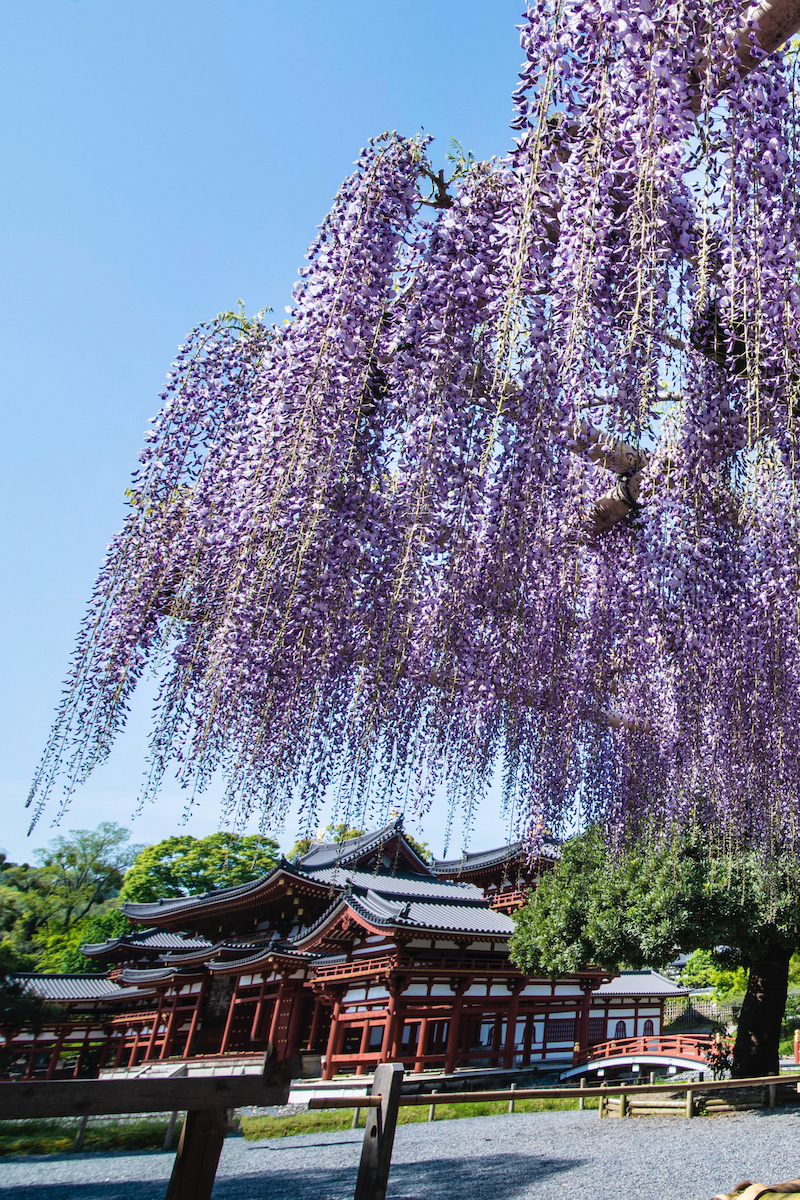
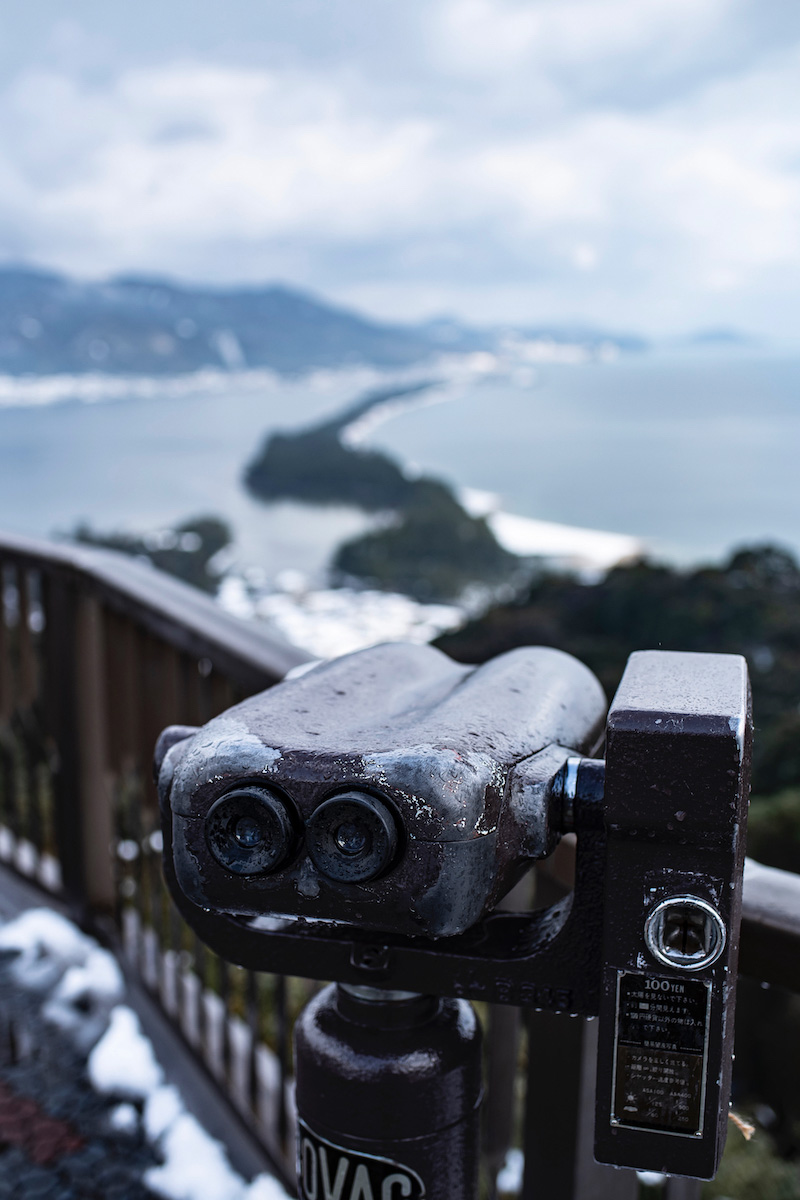
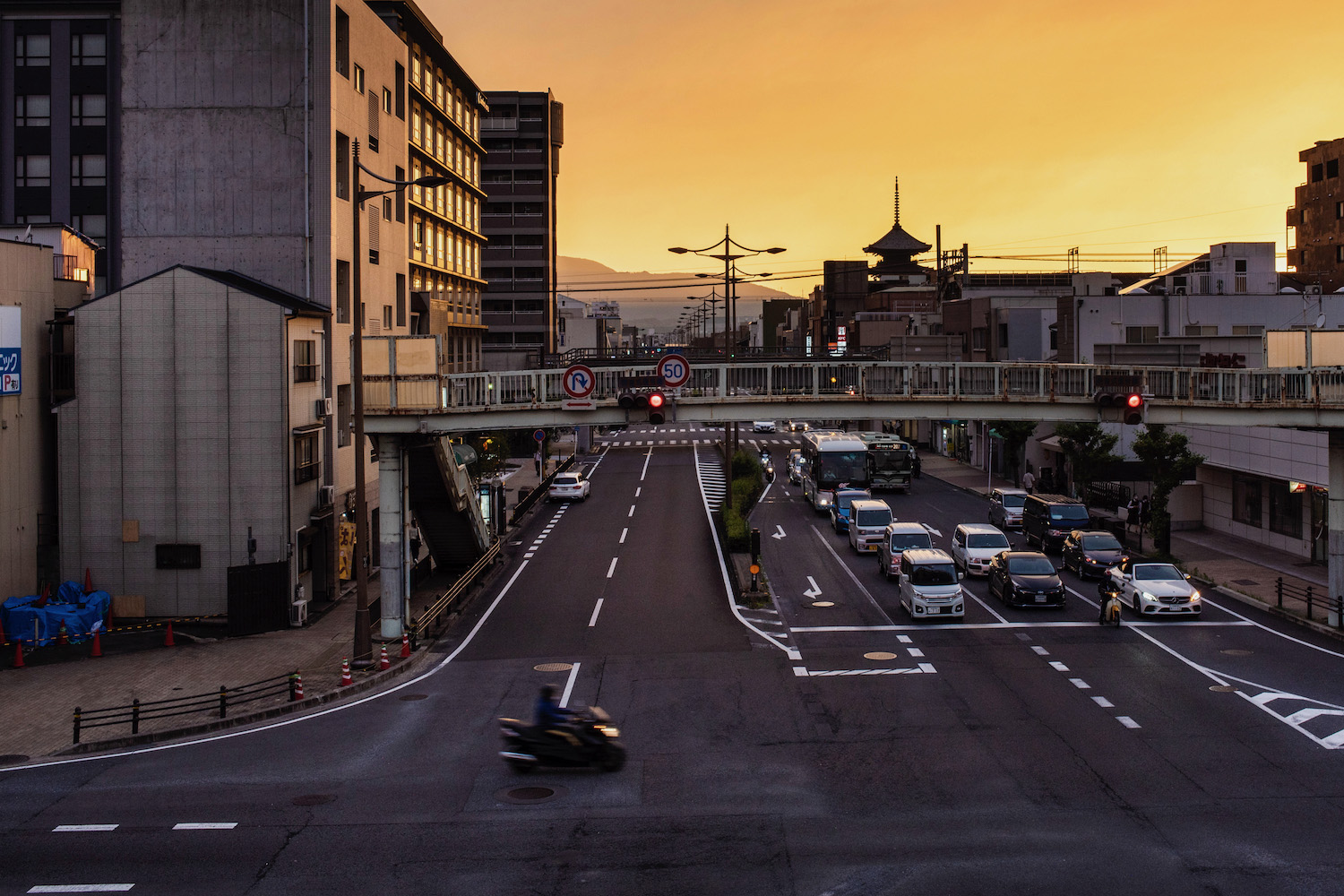
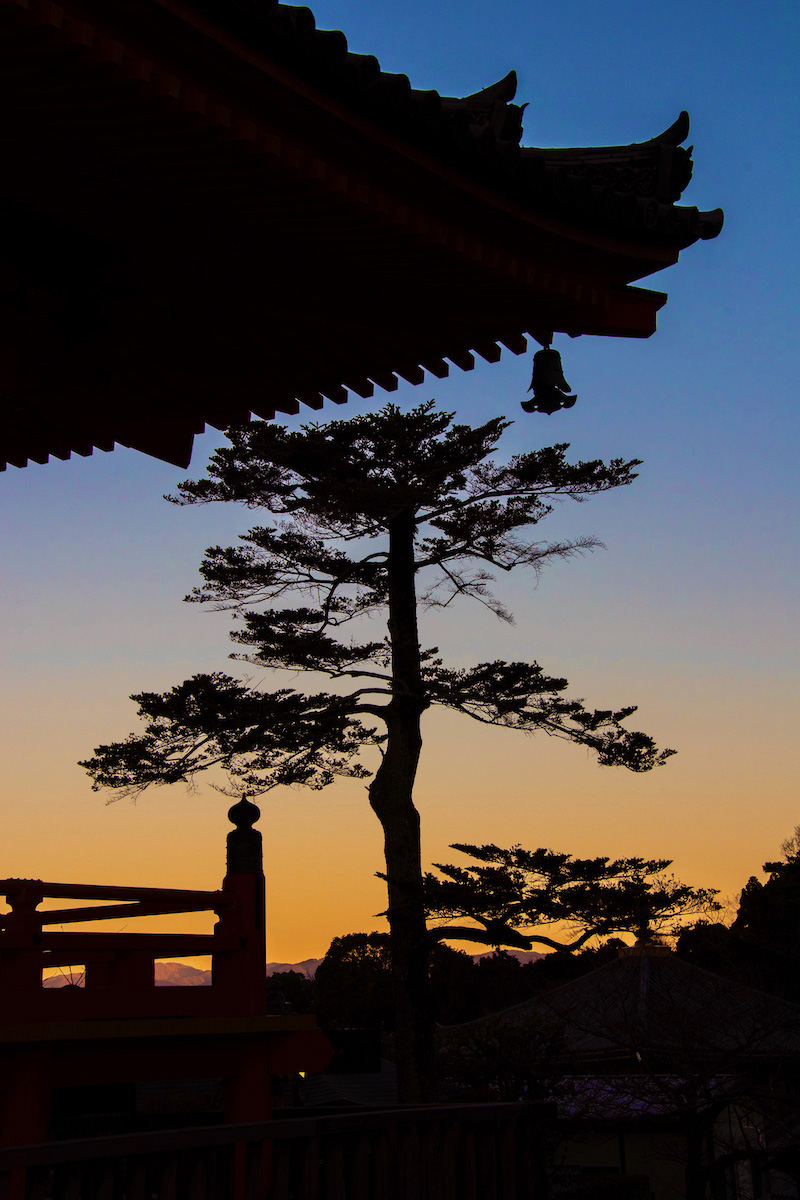


Can you take pictures in Kyoto?
You can absolutely take pictures in Kyoto, though rules apply in some places. In certain popular temples such as Eikando and the Kinkaku-ji Golden Pavilion, tripods are forbidden unless you obtain express permission. Additionally, the interiors of certain museums and temples are off limits for photos, although not to worry—these will be denoted with a sign.
Where can I watch the sunset in Kyoto?
The most popular place to watch the sunset in Kyoto is from Kiyomizu-dera temple, either behind the “stage” in the paid area of the grounds, or just in front of the pagoda, with a perfect views of Kyoto city. A more underrated place to watch sunset in Kyoto is just south of Kyoto Station, on the flyover bridge just east of Toji Station, with a distant view of the pagoda of the temple of the same name.
Where can I see sunrise in Kyoto?
Kyoto sunrises tend to be unspectacular, because of Hieizan mountain that towers just to the east of the city. If you do decide to rise in time for sunset, do so from the scenic banks of the Kamo River in Shimogyo district, or somewhere with a beautiful foreground, such as along Okazaki Canal just west of the torii gate of Hei’an Jingu shrine.



